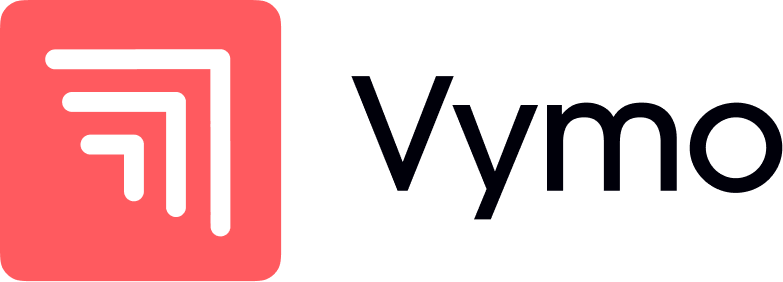As the Talent Crisis Looms, Insurers Must Modernize Recruitment

Technology can help attract and retain top talent, and as the organization gains a reputation for innovation, it will become more attractive to future candidates.
Insurers across America are grappling with a pressing concern: how will they fill a mass wave of vacancies in 15 years, when half of the current insurance workforce is expected to retire? These looming retirements are compounded by the fact that Millennials and Gen Z show little interest in the industry. Whether it’s buying into the stereotypes about insurance being dull and old-fashioned or the allure of careers in finance and tech, the result is that only 4 percent of Millennials are interested in working in insurance. Millennials have already dismissed the industry as a viable career path. So, what can insurers do to attract Gen Z talent before they, too, write it off?
Quality Over Quantity
Many insurers have mistakenly poured significant capital into efforts to change public perception, such as hiring in-house baristas or creating company TikTok accounts. However, these initiatives have mostly proven to be a poor return on investment. Changing the perception of the insurance industry among Gen Z will be a long and winding road. Instead of focusing solely on expanding the talent pool, insurers should accept that it will shrink and concentrate on securing the scarce human capital that will be available. In this scenario, it’s not about having a larger net, but about knowing which specific fish to catch.
Amid the boom and in the search for identifying business cases for AI, one area where it can be brought to bear is in targeting high-level talent. Here, insurers can leverage AI to create profiles of their ideal candidate, then use that aggregated data to sift through applicants that match this profile. Some organizations have already invested in AI-powered systems for scoring leads, without realizing that these same methods can be applied to scoring candidates. Most of the data needed to identify the perfect candidate is already publicly accessible through NIPR. These algorithms should consider factors such as compliance records, employment history, financial health, professional certifications, and recent industry engagements. On paper, a candidate may seem ideal, but the algorithm may reveal that they’re churning and burning.
Recruiting is Stuck in the Past
Currently, recruitment is often bottlenecked by the inefficiencies of Human Resources departments. In many traditional insurance organizations, HR is tasked with not just managing internal affairs but recruiting and onboarding as well. AI and machine learning tools can free up HR to focus on internal affairs by automating the initial screening and shortlisting of candidates.
Manual, traditional recruitment also lacks a meritocratic approach. Many people enter the insurance field through family or friend connections rather than a comprehensive assessment of their potential. Instead, we should focus on selecting individuals based on their likelihood to excel and stay with the organization long term. Using an AI-generated ideal profile not only helps identify the right candidates but also promotes workforce diversity by drawing from a large range of backgrounds. This added diversity could be an appealing factor for prospective Gen Z candidates.
Do More with Less
A strategy that focuses on attracting a smaller number of high-level talent is advantageous because companies that successfully implement digital transformations will need fewer employees anyway. Innovations in AI will allow each employee to have more impact. A recent McKinsey study estimates that AI tools can increase productivity in insurance processes and reduce operational expenses by up to 40percent by 2030. Each producer will be able to sell significantly more if AI tools automate routine tasks, analyze vast amounts of data to provide actionable insights, and streamline customer interactions.
A Virtuous Cycle
This efficiency can be part of an insurer’s retention strategy. Employee satisfaction is increased when employees don’t have to do grunt work. Part of Gen Z’s perception of insurance being boring is because insurers are required to do repetitive data entry, manual claims processing, time-consuming document management, and routine customer inquiries. Once these are automated, it will allow producers to focus on the tasks that lured them into the industry: building client relationships, providing personalized advice, developing innovative solutions, and driving strategic growth. Even better, given the attraction of tech jobs to Gen Z and millennials, while these positions remain people-centric, they gain a tech lure.
Younger generations often view the insurance industry as outdated. But as AI and machine learning play an ever-increasing role, it becomes possible to change that perception. Using these technologies to help attract and retain top talent can create a positive feedback loop. As the organization gains a reputation for innovation, it will become more attractive to future candidates.
Publisher Url :-
https://iireporter.com/as-the-talent-crisis-looms-insurers-must-modernize-recruitment/



